WordPress.com has launched a new AI-powered website builder aimed at users who want a fast, intuitive way to build a site without needing to understand themes, templates, or code.
The tool—internally known as “Big Sky” and launched publicly as the “WordPress AI Site Builder”—uses AI to generate fully designed, content-ready websites based on a user’s prompts. It was opened for beta testing last May and is now available to anyone creating a new WordPress.com site. To launch a completed site publicly, users must upgrade to a paid Premium or Business plan.
“It’s kind of the first of a lot more to come,” said James LePage, Automattic’s relatively new Director of Engineering, AI, who joined the company in December when his startup WPAI was acquired. “This is about making WordPress more accessible to people who want to do it themselves but don’t know how—who are met with the blank page and don’t know where to start.”
“An entirely new way to interact with WordPress”
In a blog post, WordPress co-founder Matt Mullenweg called the launch “long-anticipated” and described the new AI-powered builder as “an entirely new way to interact with and edit a brand-new or existing WordPress site.”
“It combines several models and can create logos, site designs, typography, color schemes, and content,” he wrote. “This AI agent will make WordPress accessible to an entirely new generation and class of customers, and it will be a power tool for professionals to do things in minutes that used to take them hours.”
Although currently limited to new WordPress.com sites, Mullenweg confirmed on Twitter that it “will work for any WordPress site in the future.”
How it works
Users start by answering a series of onboarding questions—what their site should be called, where it’s located, and what it’s about. The builder uses this information to create a site tailored to each user’s needs, generating a complete website using WordPress blocks and the Gutenberg editor.
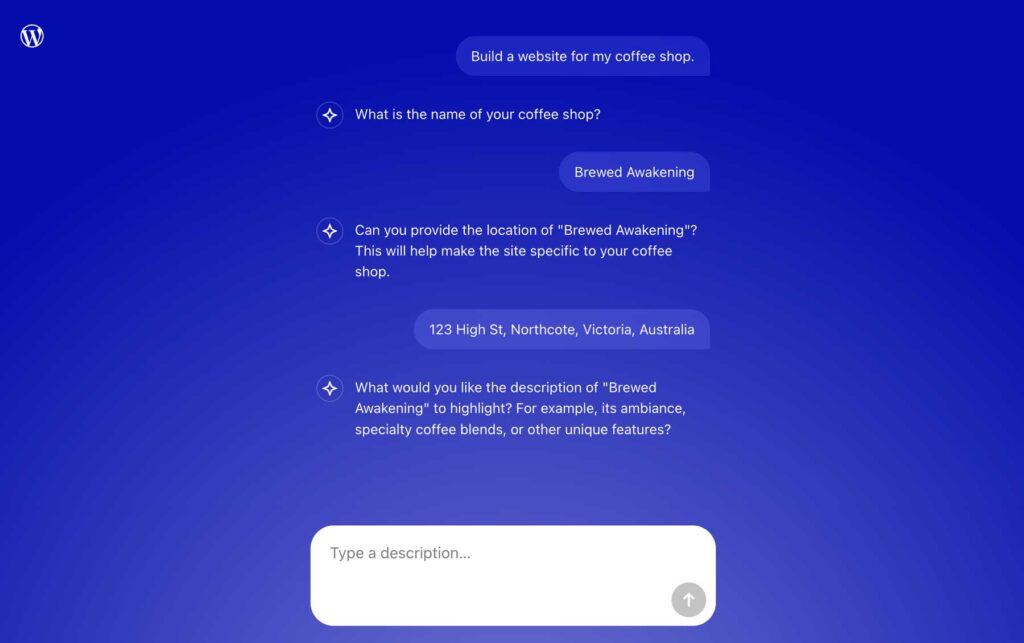
From there, users can make manual edits or continue using the AI to make changes conversationally. The builder includes a chat box interface where users can request updates using natural language—for example, asking the AI to “make this section bold” or “add a contact form.” The system processes the request and applies changes directly in the site editor.
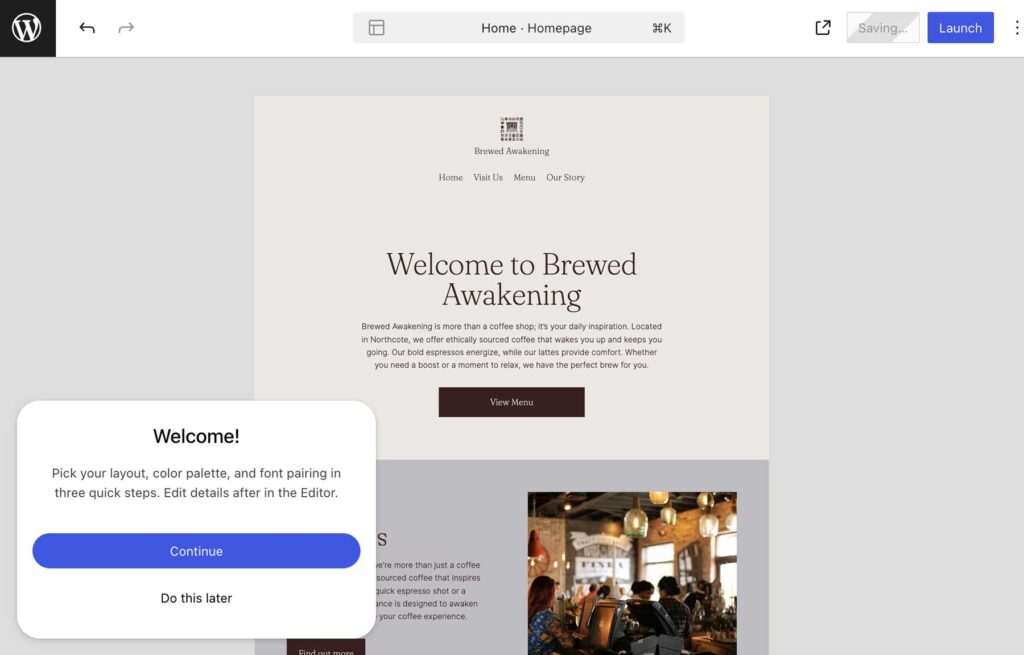
Unlike many AI website generators that output rigid templates or custom code, the new builder operates entirely within native WordPress. It generates block-based pages that can be edited just like any other WordPress site, with the added layer of AI guidance.
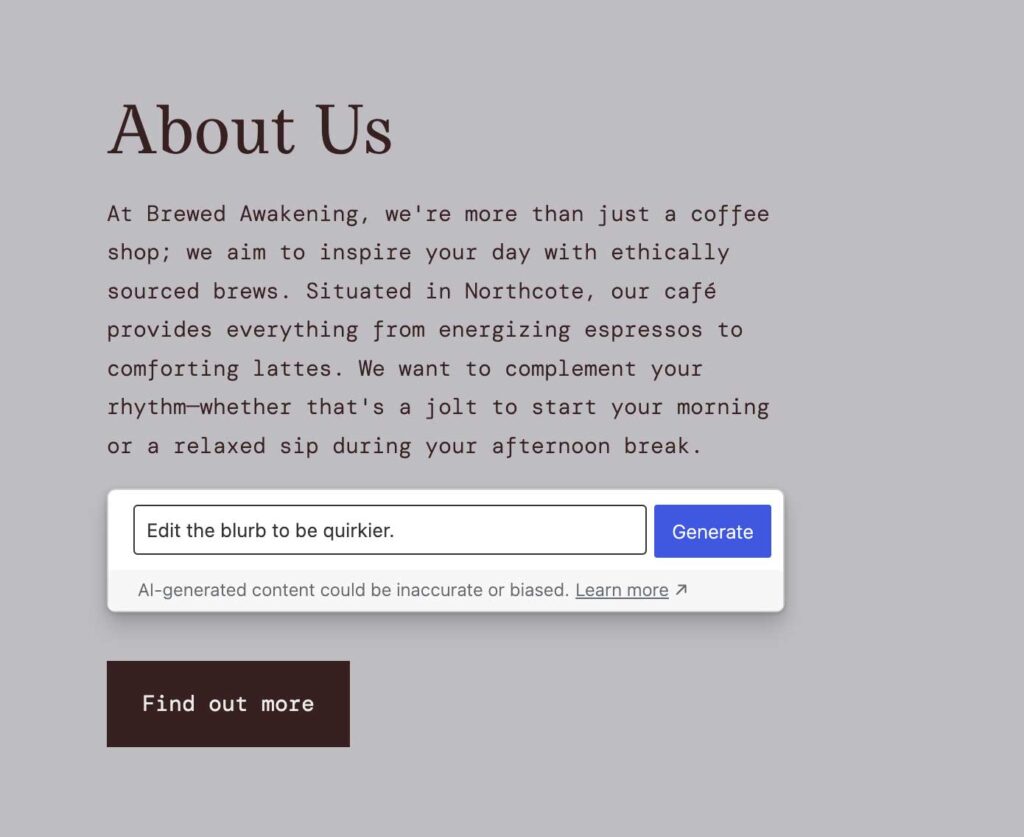
“You’re not locked in,” said LePage. “It creates a site using native WordPress blocks. So if a user clicks through and wants to bold a section of text or change a layout, they’re not stuck—they’re already in the editor.”
The AI builder includes 30 free prompts before users will need to choose a hosting plan, which all include unlimited prompts.
Designed for beginners, built to evolve
The initial release is aimed at non-technical users—creators, freelancers, and small business owners who want a site that looks polished without needing to learn how to build one from scratch.
LePage describes it as “a great entry for an AI product because it solves the blank page problem”—something he and others in the WordPress ecosystem have long recognized as a barrier to adoption. “Pre-AI, users would often turn to platforms like Wix or Squarespace. Now, we’re offering that same kind of quick start—but with the flexibility of WordPress underneath.”
Automattic’s AI Product Lead Neel Shivdasani emphasized in the launch post that the tool isn’t meant to replace manual editing or more advanced features—it’s meant to help users get online faster. Also, while WooCommerce support isn’t included yet, it’s on the roadmap.
The product was refined in collaboration with beta testers throughout 2024. LePage described the testing process as a discovery phase that was well underway when he joined Automattic and helped shape how people want to interact with software in an AI layer. “There was a lot of back and forth,” he said. “It helped us figure out how to let users interact with this new AI layer in ways that feel natural and useful.”
What powers the builder?
Under the hood, the tool uses a combination of third-party and self-hosted large language models. According to LePage, it functions as a full AI agent—not just a text generator, but an assistant with the ability to reason about user needs and make contextual changes across the site.
“It has access to the site editor, it understands what the user wants, and then it builds and updates pages,” he said. “It’s a conversational layer on top of WordPress, and it’s only going to get better.”
LePage also said that WordPress’s use of structured data through blocks and templates makes it a uniquely strong fit for AI applications. “Block-based themes and Gutenberg are almost perfectly suited for AI,” he said. “You have predictable structures, defined rules—and that makes it much easier to generate, modify, and extend what’s on the page.”
How it compares to other AI site builders
AI-assisted site creation tools are increasingly common across platforms like Wix, Squarespace, and Shopify. But LePage says Automattic’s approach is more flexible, more native to the CMS it’s built on—and more ambitious in scope.
“If you compare it with other WordPress site builders, I think it’s the most advanced out there in how it works,” he said. “It’s also much more conversational. It doesn’t just spit out a static site—it creates pages using the Gutenberg block editor and lets users interact with their site through natural language.”
He also noted the builder’s use of real-time, context-aware customization as a differentiator. “It’s not like prompting ChatGPT and pasting in code. This AI agent knows what the user asked for, understands the site’s structure, and can create new sections or pages based on that.”
LePage sees this as a competitive edge—especially for users who want more than a one-size-fits-all template. “This is a better entry point to WordPress than ever before. And in the long run, I think it’s a better alternative than other platforms because it lets users grow and evolve without leaving the ecosystem.”
More on the way from LePage and Automattic’s AI team
Since joining Automattic, LePage has been focused on product development within its relatively new AI division. While he contributed to the AI site builder after arriving in December, he’s quick to credit the existing team—Shivdasani and Applied AI Team Lead Derek Smart—for the launch. “They’re the ones who really did this,” he said.
LePage hinted at broader efforts underway to improve AI integration across WordPress, particularly for developers and power users.
“We’re solving for this initial use case—helping people get started—but we’re also thinking about the rest of the WordPress experience,” he said. “Eventually, we want this AI layer to be available throughout WordPress.”
When asked about what’s next for his team, LePage declined to share details but hinted at upcoming announcements. “It’ll happen very soon,” he said. “There’s more coming on multiple fronts that’s intended to benefit our corner of the digital ecosystem.”
Among those efforts is the WordPress Features AI, a developer-focused API that was quietly published on GitHub recently. Built by Greg Hunt, WPAI’s former CTO, it aims to make WordPress more accessible to AI systems. It’s one of several projects LePage described as “under the radar,” but will be publicized soon.
“I want WordPress to not just exist, but succeed and thrive,” he said. “There’s no reason it can’t be the foundation for AI-first experiences across the web.”


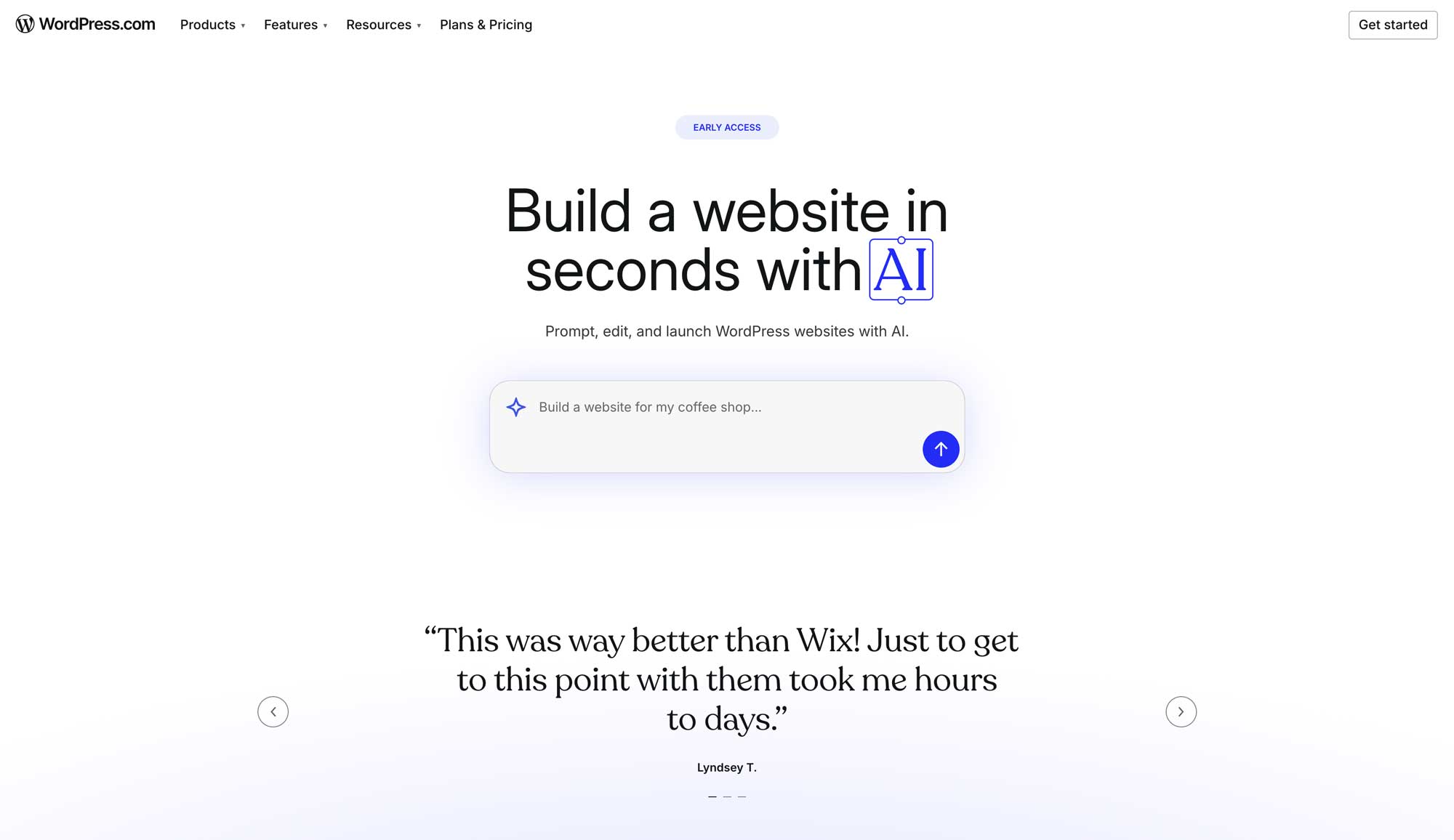
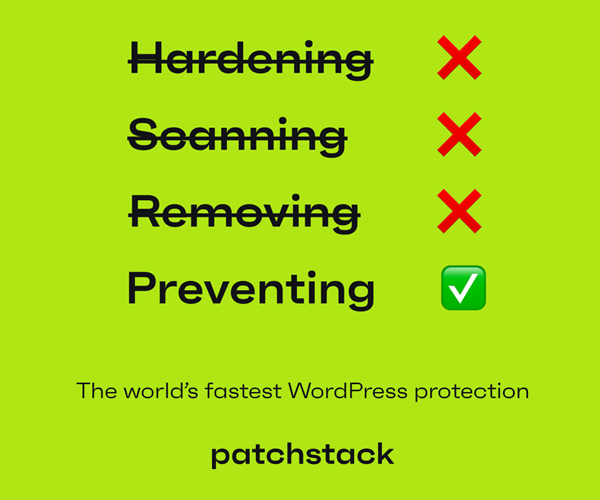
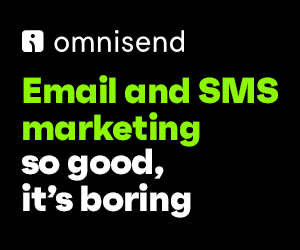

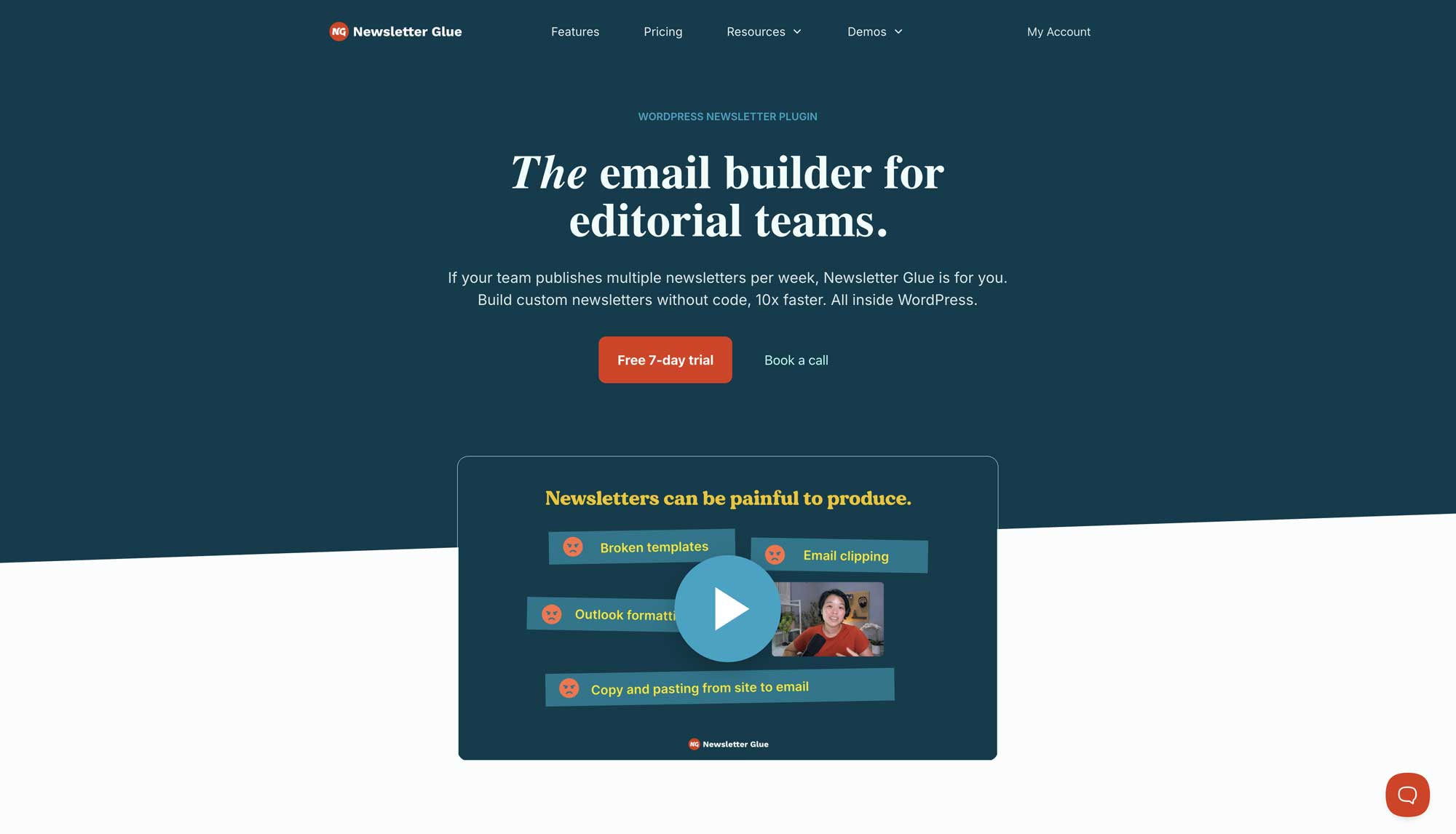

Leave a Reply